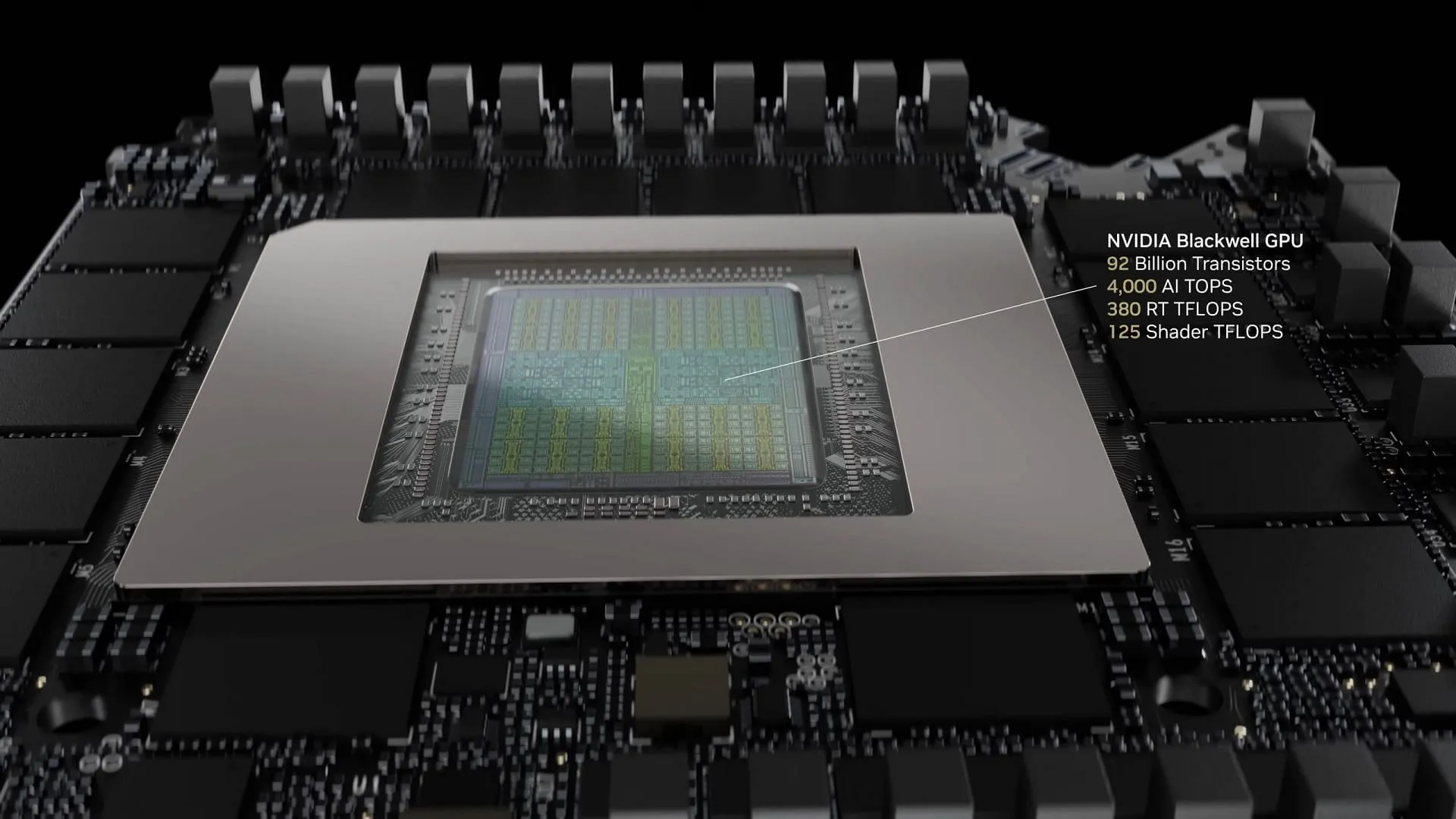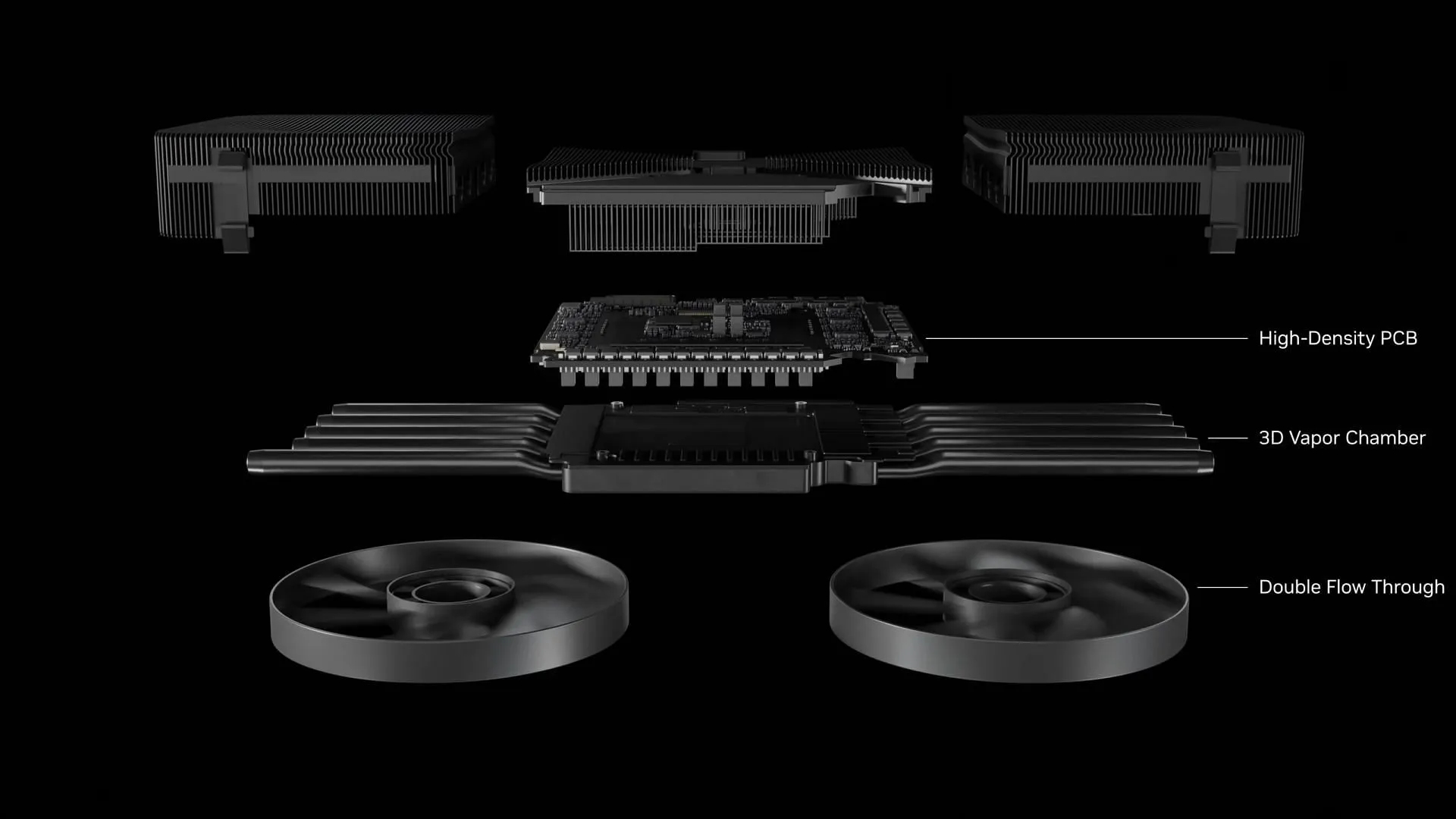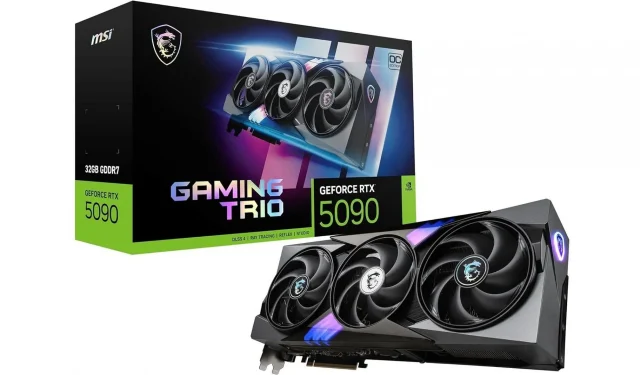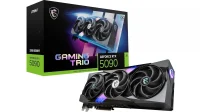The Nvidia RTX 50 series graphics processing units (GPUs) have gained notoriety for a range of issues, notably melting connectors and missing PhysX support. However, the most recent controversy has emerged concerning the RTX 5090 model, specifically related to its Raster Operation Pipelines or ROPs. This situation escalated further when Nvidia’s response to the problem fell short of expectations, amplifying community discontent.
Rather than fully disclosing the ramifications of the missing ROPs, Nvidia downplayed the issue by suggesting the RTX 5080 was unaffected, a claim that later revelations disproved. Following an initial misleading statement, Nvidia subsequently revised its position, but not before it sparked widespread outrage among users on social media platforms like X.
This article will explore why the ROPs controversy surrounding the Nvidia RTX 50 series is more significant than many realize.
Understanding the Controversy Surrounding Missing ROPs in the RTX 50 Series

The controversy erupted when a user shared a CPU-Z screenshot revealing that the Zotac RTX 5090 displayed only 168 ROPs instead of the expected 176. TechPowerUp subsequently confirmed these findings through testing of their own Zotac unit. Nvidia quickly acknowledged the problem, initially stating that fewer than 0.5% of RTX 5090/5090D and 5070 Ti owners were impacted, which misled many to think the RTX 5080 was unaffected as well. This assumption was incorrect.
Following Nvidia’s first statement, reports surfaced about missing ROPs in the RTX 5080. This prompted Nvidia to issue a clarification to The Verge, acknowledging the issue with this model as well. While Nvidia asserted that the reduced ROP count would result in merely a 4% performance dip, subsequent testing by TechPowerUp revealed that the actual impact could be significantly greater, depending on the game in question.
What Are ROPs and Their Significance in GPU Performance?
Raster Operation Pipelines, commonly referred to as ROPs, are crucial components within GPU architecture. They handle a variety of tasks, including texture processing, anti-aliasing control, and pixel value calculations. A decrease in ROP count can consequently lead to performance bottlenecks, particularly in demanding applications or gaming scenarios.
Evaluating Nvidia’s Performance Loss Claims
Nvidia’s assertion of a mere 4% performance loss due to missing ROPs is a contentious claim. This estimate fails to account for the varying needs of different gaming titles. Certain games are more reliant on ROPs, resulting in performance declines that can range between 5% and 12% or even higher.
According to TechPowerUp’s assessments, the RTX 5090 reportedly experiences around a 5% FPS drop, whereas the RTX 5080 sees declines of approximately 12%. Lower-tier models like the RTX 5070 Ti may face even steeper performance hits, further complicating the landscape for impacted users.
A Historical Context of ROPs Controversies with Nvidia

This is not the first time Nvidia has faced scrutiny over ROPs. After the GTX 900 series launch in 2014, a similar controversy emerged concerning the GTX 970. While marketed as having 4GB of memory and 224 GB/s bandwidth, users found that the card could only access 3.5GB of VRAM and had an ROP count of 56 instead of the advertised 64. This discrepancy resulted in significant backlash and even led to a class-action lawsuit.
If You Own an Affected Nvidia RTX 50 Series GPU, Here’s What to Do
Nvidia has stated that owners of affected RTX 50 series GPUs are eligible for replacements. The company also indicated that the issue was limited to early production batches, which have likely sold out. Prospective buyers should feel reassured that new units should not be afflicted by these problems.
This situation is particularly unfortunate given the extensive quality checks and testing that these GPUs undergo before release. Many consumers might be unaware that their devices are underperforming due to these ROP discrepancies, prompting a broader inquiry into quality assurance processes.


